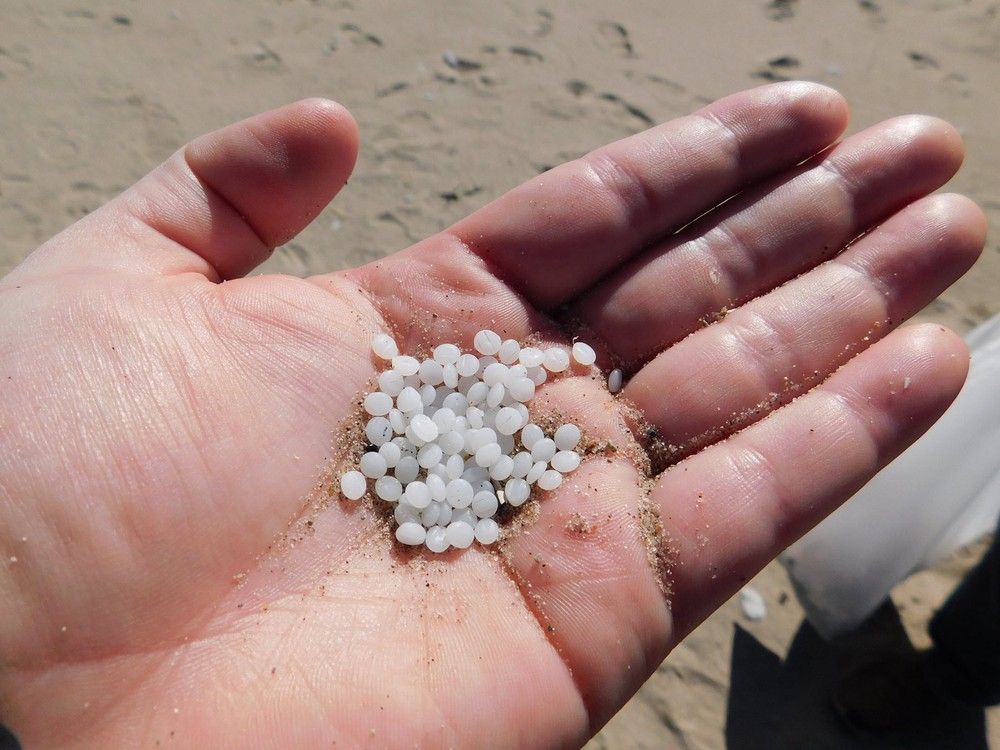New Jersey custodian tainted school food with bodily fluids
Author of the article:Spiro Papuckoski
Published Jan 15, 2025 • 1 minute read
The accusations levied against a New Jersey school custodian more than a year ago were vile and vomit-inducing.
Giovanni Impellizzeri, 27, of Vineland, was accused of tainting school lunch food with bodily fluids — saliva, urine and feces — and cleaning products, and rubbing cooking utensils and other objects on his genitals.
On Monday, he entered a guilty plea to second-degree official misconduct, according to a statement from Cumberland County Prosecutor Jennifer Webb-McRae.
He also pleaded guilty to a charge of possessing child sexual abuse material, which was discovered during the investigation by New Jersey State Police.
Prosecutors said Impellizzeri, who worked at for the Upper Deerfield School District since 2019, took videos and pictures of himself and shared them to an online chat group that showed food intended for students and staff were contaminated.
In one incident, Impellizzeri sprayed bleach onto cucumbers intended for students, police said in court documents, reports Philadelphia ABC affiliate WPVI.
In another, he placed bread on his private areas and spit on it, and then put it back into a container.
He was arrested on Oct. 31, 2023.
Prosecutors alleged Impellizzeri wrote in chatrooms that it was “a sexual fetish” of his to contaminate school food and utensils.
According to NBC affiliate WCAU, Impellizzeri’s public defender said last November that his client has received treatment for mental health issues.
The lawyer also pointed out that Impellizzeri had no criminal history.
Impellizzeri is awaiting sentencing and is facing a recommended sentence of five years for the misconduct charge and three years for child porn possession, which would run concurrently.

 nbcphiladelphia.com
nbcphiladelphia.com

 6abc.com
6abc.com

 torontosun.com
torontosun.com
Author of the article:Spiro Papuckoski
Published Jan 15, 2025 • 1 minute read
The accusations levied against a New Jersey school custodian more than a year ago were vile and vomit-inducing.
Giovanni Impellizzeri, 27, of Vineland, was accused of tainting school lunch food with bodily fluids — saliva, urine and feces — and cleaning products, and rubbing cooking utensils and other objects on his genitals.
On Monday, he entered a guilty plea to second-degree official misconduct, according to a statement from Cumberland County Prosecutor Jennifer Webb-McRae.
He also pleaded guilty to a charge of possessing child sexual abuse material, which was discovered during the investigation by New Jersey State Police.
Prosecutors said Impellizzeri, who worked at for the Upper Deerfield School District since 2019, took videos and pictures of himself and shared them to an online chat group that showed food intended for students and staff were contaminated.
In one incident, Impellizzeri sprayed bleach onto cucumbers intended for students, police said in court documents, reports Philadelphia ABC affiliate WPVI.
In another, he placed bread on his private areas and spit on it, and then put it back into a container.
He was arrested on Oct. 31, 2023.
Prosecutors alleged Impellizzeri wrote in chatrooms that it was “a sexual fetish” of his to contaminate school food and utensils.
According to NBC affiliate WCAU, Impellizzeri’s public defender said last November that his client has received treatment for mental health issues.
The lawyer also pointed out that Impellizzeri had no criminal history.
Impellizzeri is awaiting sentencing and is facing a recommended sentence of five years for the misconduct charge and three years for child porn possession, which would run concurrently.

Former NJ elementary school custodian pleads guilty to contaminating food meant for students, staff
A former New Jersey elementary school custodian pleaded guilty to contaminating food meant for students and staff with bodily fluids and bleach.
 nbcphiladelphia.com
nbcphiladelphia.com

Former NJ school janitor accused of tainting food with bodily fluids pleads guilty
In another incident, police say Giovanni Impellizzeri touched his private areas with bread, spit on it, and then put the bread back into a container to be served to students.

'SEXUAL FETISH': New Jersey custodian tainted school food with bodily fluids
The criminal accusations levied against a New Jersey school custodian more than a year ago were vile and vomit-inducing.




![Bathynomus-vaderi-handout-Jan16[1].jpg Bathynomus-vaderi-handout-Jan16[1].jpg](https://forums.canadiancontent.net/data/attachments/25/25125-0bdec29892a999f769a9b88f8b8ac930.jpg)
![Bathynomus-vaderi-handout-main-Jan16[1].jpg Bathynomus-vaderi-handout-main-Jan16[1].jpg](https://forums.canadiancontent.net/data/attachments/25/25126-e7b2303cbacb8c1716e99edaf541da07.jpg)





![corpse-flower[1].jpg corpse-flower[1].jpg](https://forums.canadiancontent.net/data/attachments/25/25316-57c399bee4c0efea3e301c4af2497895.jpg)





![0215-tn-beechey-col-tn[1].jpg 0215-tn-beechey-col-tn[1].jpg](https://forums.canadiancontent.net/data/attachments/25/25573-bddaba681eeb574d81f07dede67074fe.jpg)



